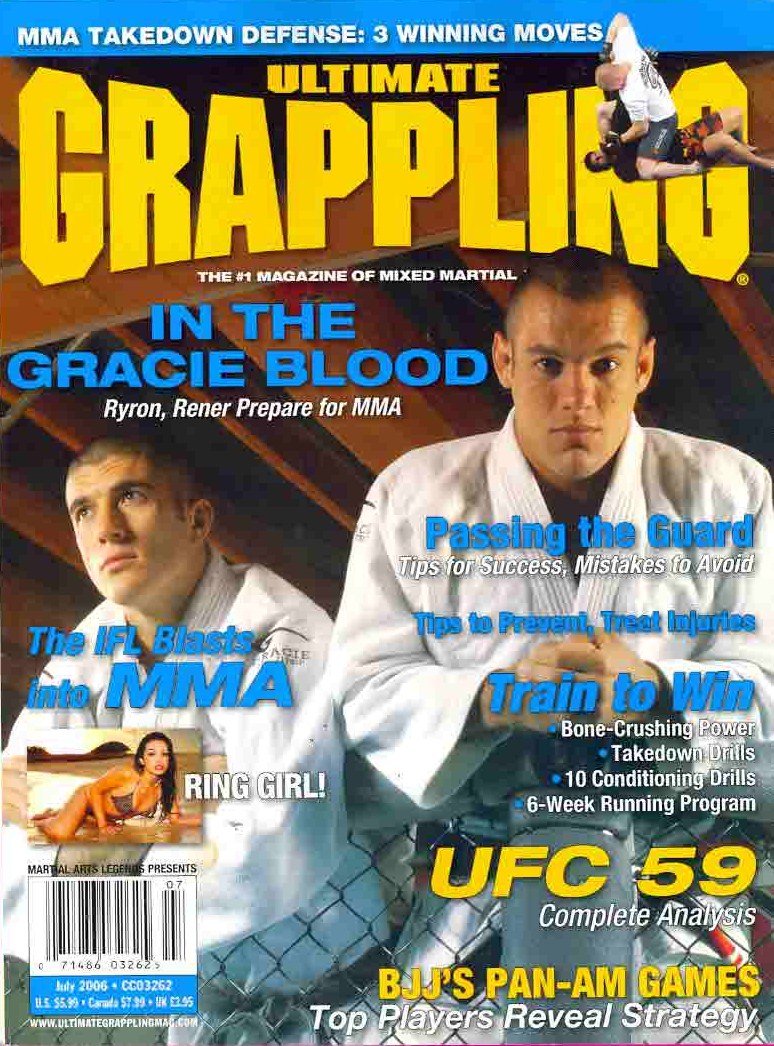 |
| It's all about setting the right traps and removing obstacles (Image source: WatchBJJ) |
In a previous post I explained the main concepts a jiujitsu practitioner needs to keep in mind to control their opponent from cross side top (ak. side mount or side control) and how to transition from the side to the full mount. I also promised I'd discuss what I have found to be the highest percentage ways to submit the opponent from side to mount so here we go:
 |
| Check Article 2 in this series for details of this position |
I am very grateful that almost every teacher I have ever had in jiujitsu and judo has emphasized the importance of crushing pressure without over-engagement from the arms. This has meant that the system I currently follow when attacking from the side goes like this:
- Kill the nearside arm: To do this from my version of the side mount, I use my shins to pin their forearm to the mat (preferably my south leg so I can ...)
- Post the north leg while isolating their farside arm further (putting my north arm deep in between their arm and their torso)
- Secure the kimura grip and attack with:
- Kimura
- lapel-trap paper-cutter choke
- Leg scissor choke
I recently found a good video that demonstrates one variation of the lapel trap choke I mention above, although I would try to keep more pressure on the opponent:
Let's be crystal clear: My goal from the side mount is very simple: I want you to tap from my pressure alone. I will do everything I can to tip the scales in my direction when it comes to me having a stronger mechanical advantage, leverage and "comfort" and I will angle my body and contour around your frames and add more and more pressure until you tap from pressure alone. Going to mount and / or submitting you with a choke or armlock will always be my secondary option but because I am so pressure-focused, when I do actually go for the attacks, my opponent has had to endure some serious claustrophobia and their frames and spine are all out of proper posture.
I hope you enjoyed this extended and detailed style of blog and that you spend the upcoming 5-6 weeks putting one or two tips out of it into your own practice. I welcome all feedback, just drop me a line through the link at the top of the blog.
Next topic: My favourite - the mount.
--------------------------------------------------
ZHOO ZHITSU IS FOR EVERYONE!
Check for more resources on Amazon.com:
Support British Jiujitsu: Valor Fightwear

























